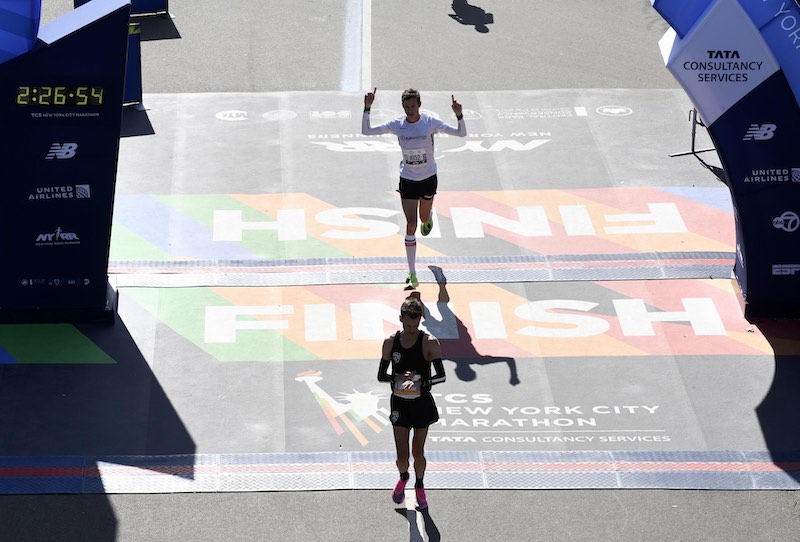
Within RunMotion Coach app, it is possible to view your MAS (also called vVO2max), your endurance and your VO2max in Premium mode. These parameters allow us to estimate your racing performance, and is particularly useful to set your optimal training paces.
MAS and endurance are calculated from past races on the performance prediction model developed at MIT (Boston) used in a scientific publication in Nature.
Contents
MAS – Maximum Aerobic Speed, also called vVO2max
MAS (Maximum Aerobic Speed) is the speed at which a runner reaches his maximum oxygen consumption: VO2max. The MAS, or vVO2max, is expressed in km / h.
We calculate it from past races and it’s the speed you could hold in a 6 minute race. The races selected are those from the last 4 years and for durations between 6 minutes and 5 hours.
There are different MAS tests that can be used to estimate your MAS, although race results are usually more accurate. MAS tests are subject to the nature of the test and the state of fitness on the day.
Endurance
Endurance is the ability of a runner to run for a long time at a given intensity. There are different endurance scores but we use endurance defined in the MIT model, which our co-founder Guillaume Adam contributed towards.
This long distance endurance score corresponds to the time that a runner can hold 90% of his MAS. This duration is divided by the support time of the MAS (fixed here at 6 minutes). It can be read as a score out of 10.
The greater the endurance score, the better. We can give the following indications:
3: Low endurance
5: Average endurance
7: Good endurance
8: Excellent endurance
10: Exceptional endurance
To summarise, 10 means that the runner can hold 90% of his MAS for 1 hour, and 5 that he can hold this 90% of MAS for 30 minutes.
VO2max
VO2max is the maximum flow of oxygen consumed by an individual during intense effort. It is usually expressed in mL/min/kg, that is to say as a flow rate per unit of weight, because the weight / power ratio is important in sport.
VO2max can only be calculated in the laboratory with a mask to measure the exchange of oxygen and carbon dioxide. It is nevertheless possible to estimate VO2max with the formula VO2max = 3.5 x VAS, this is what is done here in the app and on your watches.
For example if we take the case of 2 champions, one in cycling Lance Armstrong and the second in the marathon Eliud Kipchoge. They both have exceptional engines and a similar VO2max. On the other hand in the marathon Eliud Kipchoge has run 2:01 and Lance Armstrong 2:46. Eliud Kipchoge has excellent running economy, which gives him a coefficient close to 3, and for Lance Armstrong a coefficient closer to 4.
The more a runner is trained, the more his running economy improves.